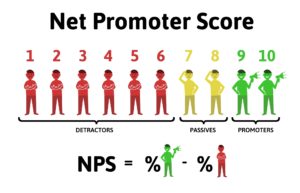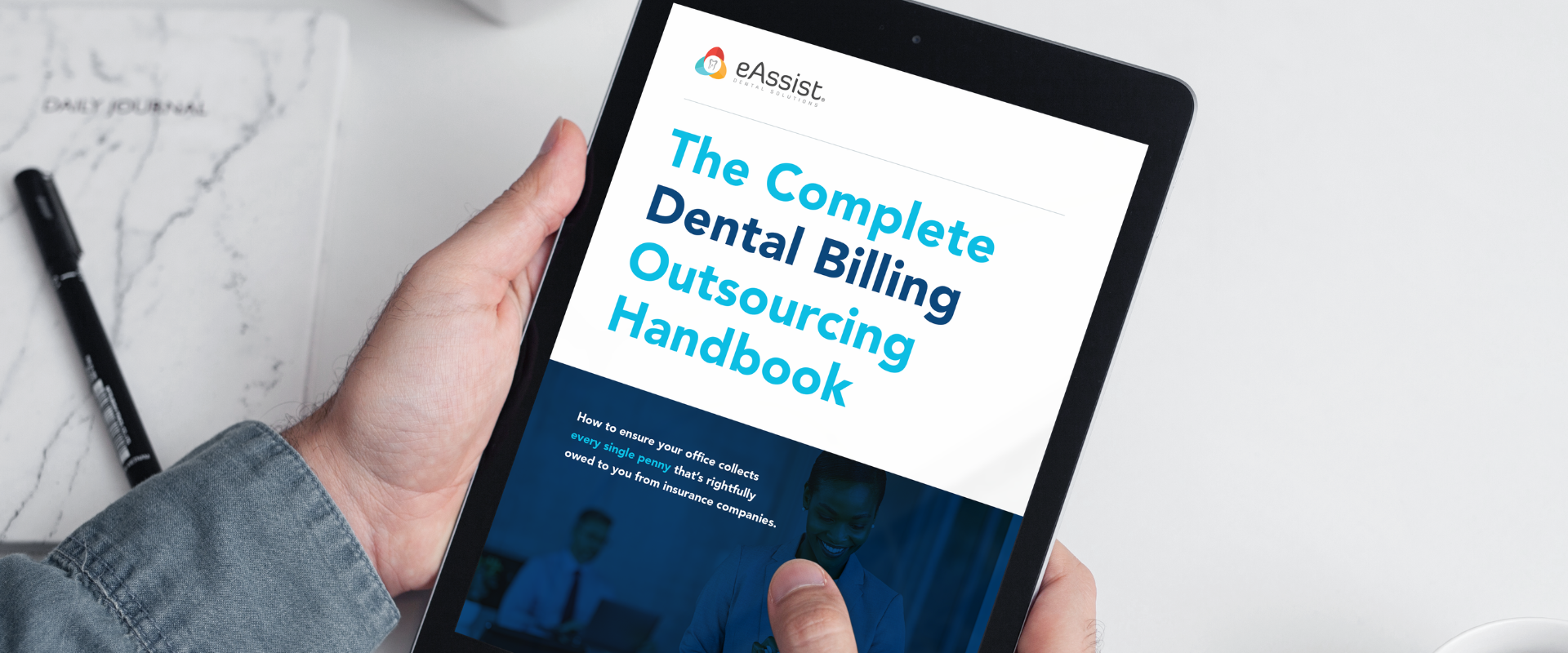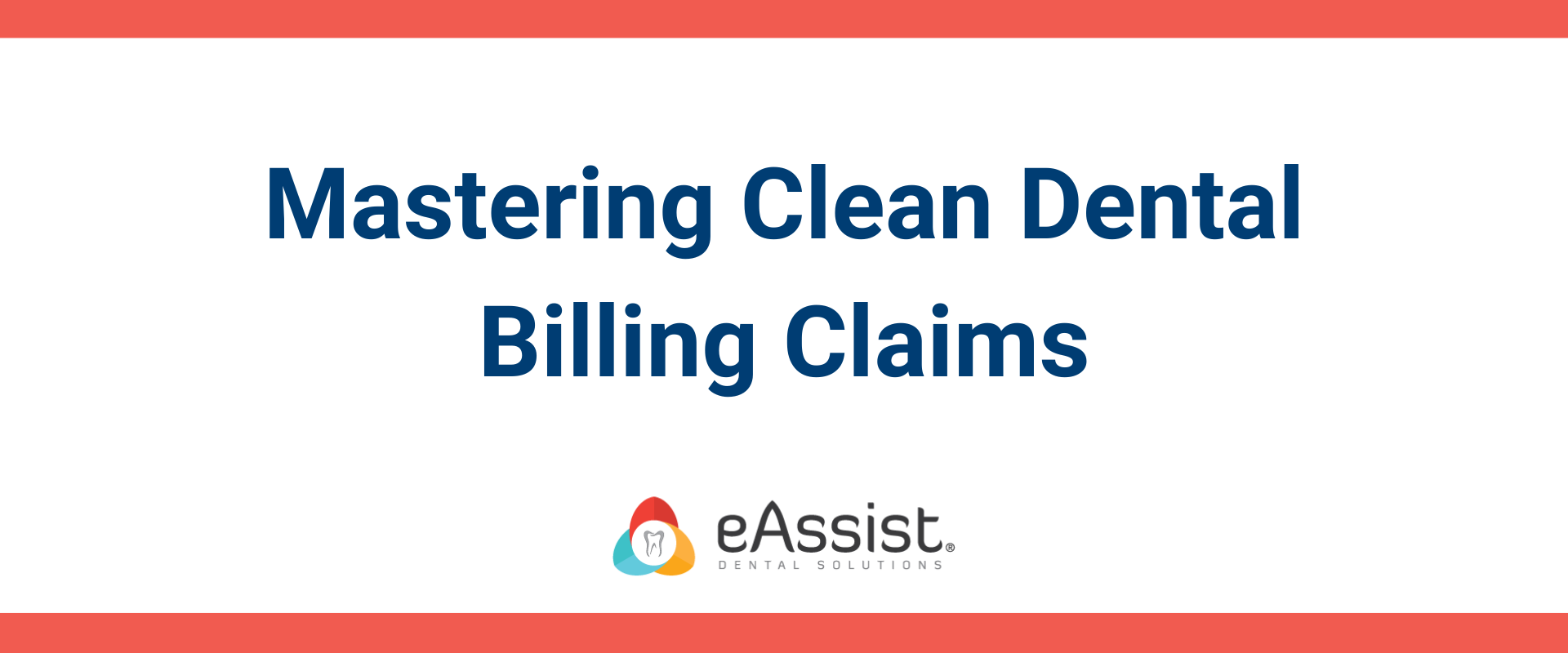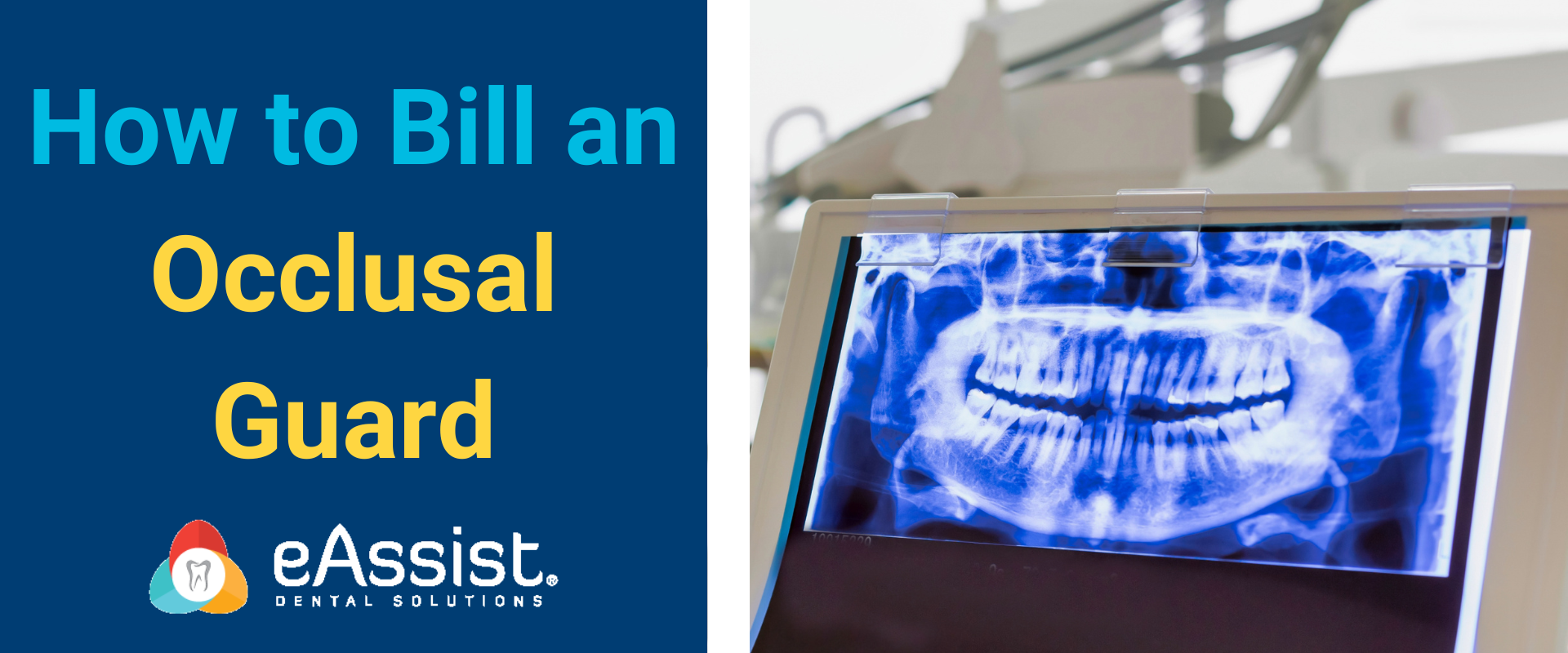NPS or Net Promoter Score was introduced by Fred Reichheld 15 years ago in his Harvard Business Review article “The One Number You Need to Grow.” and since then elitist companies have tracked their NPS scores, implemented the feedback they received into their systems and have used the NPS to take the “old school” word-of-mouth-marketing to the next level. World-renowned companies like: AT&T, Delta Airlines, Apple, Enterprise Rent-A-Car…the list goes on.. all use this important tool.
eAssist has jumped on the elitist bandwagon and fully accepted that Net Promoter Score is THE major metric successful businesses use to track growth and profits without sacrificing quality. (if you are an eAssister on one of my NPS Quality Coaching calls this spiel will sound familiar) The example that stuck with me in my research is Andy Taylor’s story.
Who is Andy Taylor you ask? He is the CEO of Enterprise Rent-A-Car. The past 2 decades Enterprise Rent-A-Car has experienced a HUGE growth trend. Enterprise’s annual revenues had risen from under $1 Billion to over $10 Billion from 1997 to 2007. Since 2007, revenues soared to over $22 billion! This proves the strategy Taylor outlined and implemented worked and continues to be what drives the company’s enormous success still today.
So, what does all this mean? NPS is truly the key to tracking a company’s growth, tracking how many people are loyal and promoting their service and brand image vs. how many people are detracting and publicly tarnishing the service and reputation of the company ultimately who is winning good vs. evil? To calculate the NPS you take the % of promoters (added together as a whole) and you – them from the % detractors (as a whole) then you get your NPS score. It can range from -100 to positive 100 with 50 being considered good!
In the dental marketing industry, it is commonly known that Word of Mouth is the best way to market your practice and patient referrals is one area where dental practices have focused their marketing efforts because it is the cheapest, and by far, the most effective way to grow your patient base. Reichheld took Taylor’s 2 question survey approach that had been so successful and thought how he could take it to the next level of true simplicity and really key in on the one ultimate question that could track a company’s growth. One question that would reveal whether or not customers would remain loyal over time. Here is when the NPS truly emerged and the single question unveiled, “How likely is it that you would recommend us to a friend or colleague?”

Why should you care about NPS? If you are a business owner or a stakeholder or leader within a growing business you should absolutely be investing in, implementing, tracking, and applying feedback received from your customers, to improve your score and profitability. If your goal as a company is to improve customer experience, retain customers, increase the number of satisfied customers who become loyal brand advocates then you absolutely should care about NPS as a simple solution to the problem of loss of profits, loss of customers and a tainted brand image from failed service of brand promises.
I will leave you will some NPS stats:
1.) NPS leaders tend to grow at more than twice the rate of their competitors. Of the 9% of companies that have registered sustainable, profitable growth, NPS scores were, on average, 2.3 times the scores of other firms within their industry.
2.) Apple retail store managers called detractors or dissatisfied customers within 24 hours of an NPS survey submission & when they tracked the purchase patterns of customer detractors that had spoken with store managers vs. those who had not and discovered that the former spent significantly more, resulting in more than $1,000 in additional revenue or $25 Million in the first year.
3.) Phillips Electronics tracked NPS for a sample of accounts over time and found that where NPS increased revenue grew by 69%, where it remained steady, revenue grew only by 6%, and where NPS declined, revenues decreased by 24%.
Now you may realize why NPS is so incredibly important to us here at eAssist and why we as Quality Coaches, Kaizen Coaches, and Leadership Coaches encourage you to embrace this NPS journey and help us to gather this crucial feedback and grow our company to even greater success.
Dental Billing Tips and News for Pros; Edition #130






0 Comments